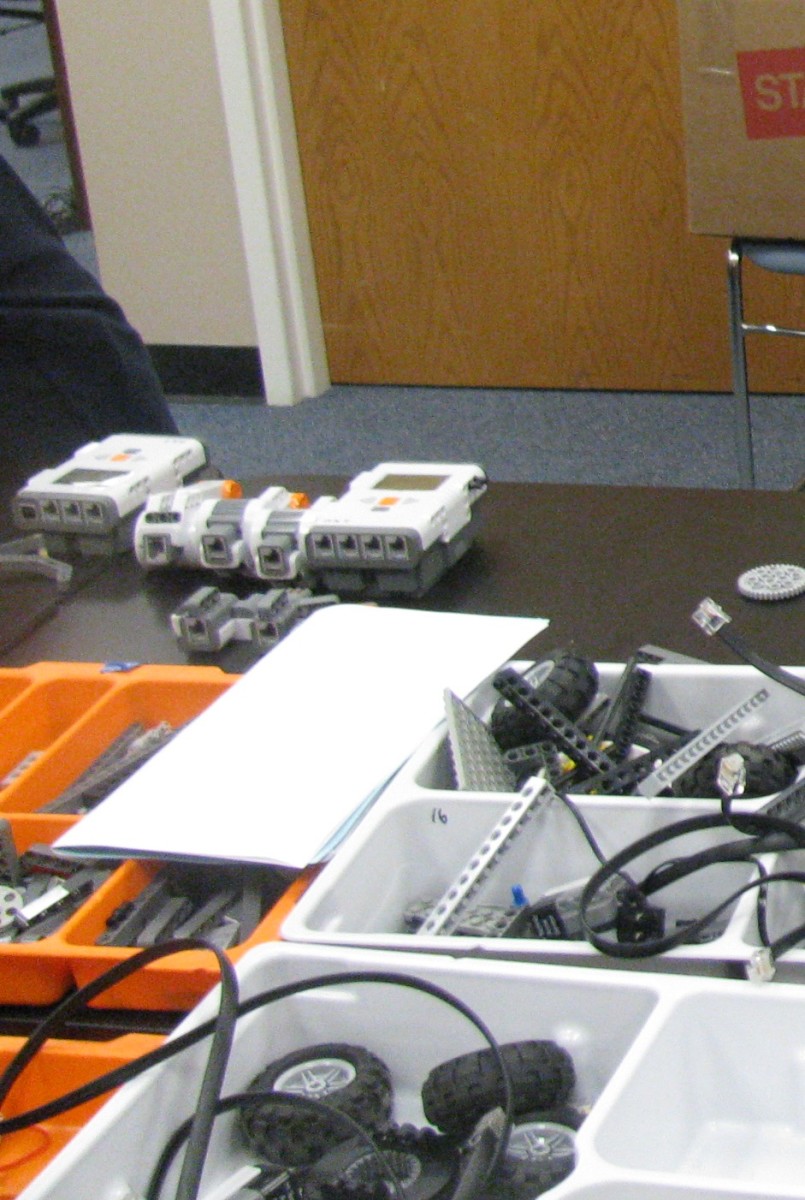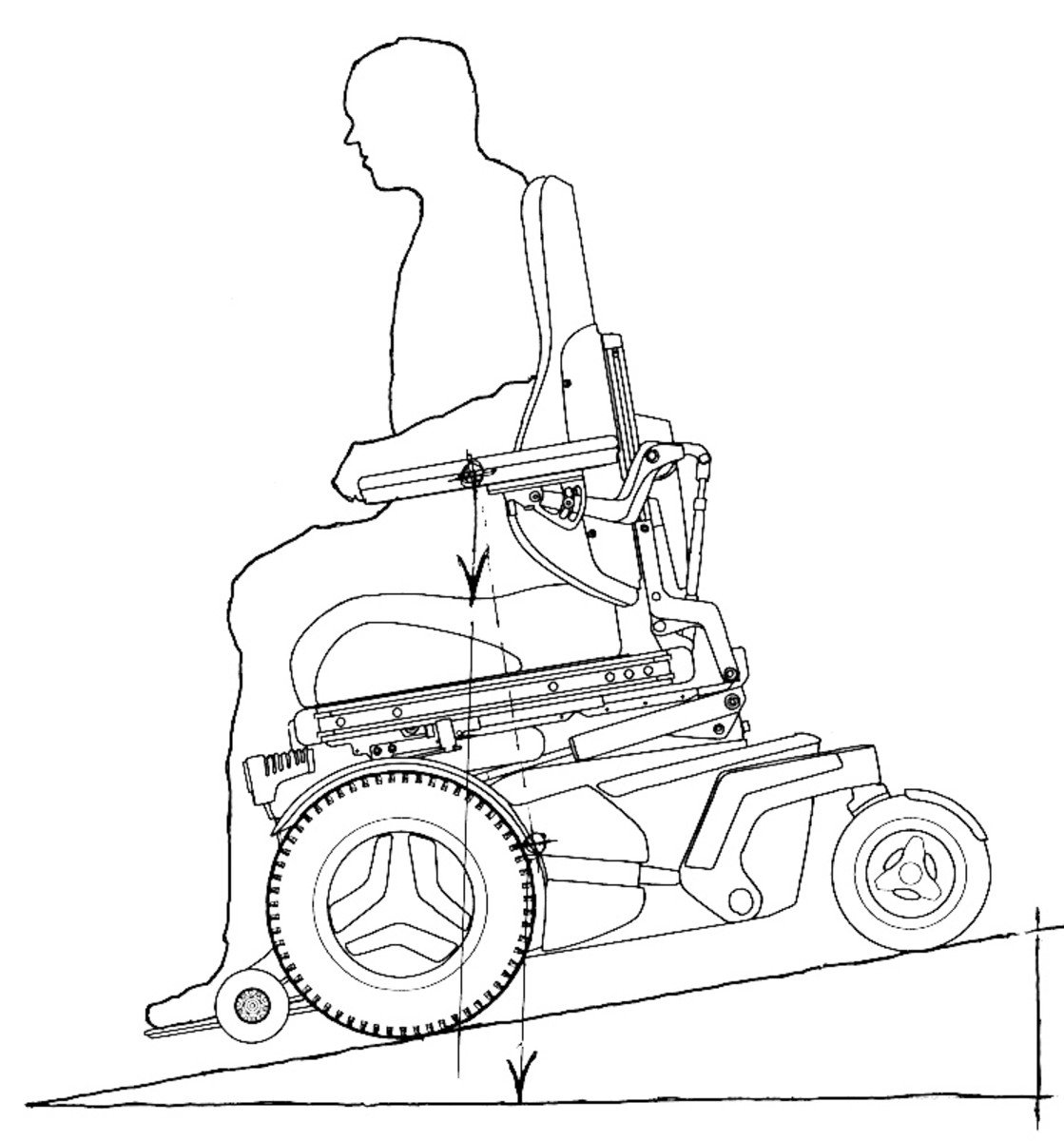An Introduction to Ergonomic Standards
Ergonomic standards give designers guidance in how to design equipment to fit users. Ergonomic standards by the ISO go further and set limits on tool attributes to minimize the risk to users. Ergonomic standards in the United States are primarily set by ANSI, but designers can follow ISO standards. ISO standards for ergonomics and industrial design can be considered universal, but the German DIN has also issued ergonomic standards. But all of them have the end goal of protecting people from harm.

ISO Ergonomic Standards
ISO 6385 outlines the ergonomic principles used in the design of work systems. ISO 10075 gives the terms and definitions used in ergonomic standards for mental workload. ISO 10075-2 gives the ergonomic design principles for mental workload.
ISO 10075-3 gives the requirements for measuring and evaluating mental workload. ISO 20282 outlines which characteristics matter and attributes to measure when determining how easy a product is to use. ISO 20282-2 describes the methods used to test the ease of use of every day products.
ISO Standards on Anthropometry and Biomechanics
ISO 7250 outlines basic human body measurements. ISO 14738 gives the anthropometric requirements for workstations of machinery such as motor control centers and computer touch screens. ISO 15534 is the standard for the ergonomic requirements for machine safety.
ISO 20646-1 gives the ISO's recommendations for reducing local muscular work loads. ISO 11228 addresses manual handling, such as pushing items or moving many small items continuously or manual sorting operations.
ISO 15536 gives the general requirements and dimensions to be used with body templates. ISO 20685 outlines the 3D scanning of the human body to create an anthropometric database, often used to create computer models of the human body.
ISO 15537 gives the principles for selecting human test subjects for industrial designs. This helps researchers pick people for testing the ergonomics and fit of protective hardware, safety features and work stations.

Ergonomic Standards for Tools
ISO 10819 gives the procedure to measure how much vibration is transmitted from a tool to a person's hand despite wearing gloves.
This standard is also known as ANSI S2.73. ANSI standard S2.1, which is also ISO standard 2041, gives the terminology used for mechanical vibration and shocks. ANSI 28927-11 outlines the process for evaluating the vibration emitted by stone hammers.
ISO 28927 part 2 gives the process for powered wrenches and screw drivers, while ISO 28927-3 applies to polishers and sanders. ISO 28927 part 4 applies to straight grinders. ISO 28927-5 applies to drills while part 6 covers rammers.
ISO 28927-7 addresses the test procedure for powered shears while part 8 covers saws. ISO part 9 applies to needle scalers and scaling hammers.
ISO 8662 describes the tests used to measure the vibrations of a tool's handle for fastener driving tools. ISO 8662-13 gives the test procedure used for die grinder handles. ISO 15694 outlines the methods for measuring shocks transmitted from the machine to the user's hands, such as when a weed whacker hits a curb or wood drill hits the workbench underneath the board.
Ergonomic Standards for Machinery
ISO 15534 part one describes the dimensions to be used for designing whole body access points into machinery. ISO 15534 part 2 applies to access points. ISO 15534 gives the anthropometric data used for the ergonomic design for the safety of machinery.
There are ergonomic standards for machinery set by DIN, the German standards body, which have not been adopted by ANSI or the ISO. DIN standard 13861 describes the dominant European standard for the ergonomic design of machinery. DIN 614 covers the ergonomics of human interaction with machines, such as during routine cleaning and maintenance.
British standards, denoted by BS in front of the standard number, also exist for the ergonomics of machinery. BS 614 gives the British standard for the ergonomic design of machinery to maximize operator safety. British standard 894-1 covers the design of displays and their location.
Ergonomic Standards for Vehicles
ISO 2575 gives the standards to be used for controls inside a car and indicators such as low gas or check engine light. ISO 3409 describes the lateral spacing to be used for foot controls such as the clutch or brake. ISO 3958 sets the standard for the location of hand controls used by the driver. ISO 4040 applies to controls used for the in vehicle checking procedure. ISO 12104 outlines the standard gear shift pattern to be used.
ISO 12214 gives the direction of motion to be used on hand controls inside the car, such as which motion should increase the air conditioner air flow or pop the hood. ISO 15007 gives the means of measuring a driver's behavior and eye locations while driving. ISO 15008 gives the test procedures to be used for determining the effectiveness of in-vehicle visual presentation of data. ISO 16121 gives the ergonomics of a driver's work space on a bus.
ISO 16352 gives the ergonomic aspects to be used for vehicle warning systems. ISO 16951 outlines the procedure to determine which messages and informational notices garner a driver's attention first and those given lower priority. ISO 17488 gives the process for measuring selective attention during driving. ISO 12204 describes the safety critical and time critical warnings to be used in cars and trucks.
Who Sets Ergonomic Standards?
ISO Technical Committee or ISO TC 159 was set up in 1975 to help standardize the field of ergonomics. ISO TC 159 has several subcommittees and working groups. Subcommittee 1 working group 1 handles the principles of design for work systems. TC 159 SC1 working group 2 defines the ergonomic principles for mental tasks. Working group subcommittee 1 working group 44 develops standards for the usability of every day products, such as the ergonomics of hand tools and kitchen appliances.
Technical Committee 159 Subcommittee 3 sets standard for anthropometry and biomechanics, such as the measurement of the human body and the force it is under. TC 159 Subcommittee 3 working group 1 focuses on anthropometry. TC 159 Subcommittee 3 working group 2 addresses the processes for evaluating working postures, such as someone's posture when working at a work station or using equipment.
TC 159 Subcommittee 3 working group 4 is limited to the processes of measuring and setting force limits for manual handling. TC 159 Subcommittee 3 working group 5 creates the standards for applying anthropometry and biomechanics to ergonomic standards; if a weight limit is set by the anthropometry group, how will this flow down to other ergonomic standards such as equipment design or repetitive stress limits?
ISO Technical Committee 159 Subcommittee 4 covers the ergonomics of human-system interactions. The need for ergonomic standards were in part the result of wildly varying airplane designs in World War 2 and the crashes attributed to pilots pushing buttons out of habit that were incorrect for the aircraft they were in. Technical Committee 159 Subcommittee 4 is closest to the original concerns that caused the ISO to develop universal ergonomic standards; TC 159 SC 4 sets standards for human interfaces like aircraft dashboards, control panels and warning systems.
Technical Committee 159 Subcommittee 4 working group 1 addresses the fundamentals of controls and methods of signaling human operators. Technical Committee 159 Subcommittee 4 working group 2 sets the requirements for visual displays. Technical Committee 159 Subcommittee 4 working group 3 develops workplace and environmental requirements. Technical Committee 159 Subcommittee 4 working group 5 addresses human and computer interfaces and software ergonomics, such as the presentation of warning messages on a computer screen and the colors used for warnings.
Technical Committee 159 Subcommittee 4 working group 6 handles the processes for interactive systems. Technical Committee 159 Subcommittee 4 working group 8 develops standards for the design of control centers, such as a motor control center that reports the status and controls a dozen motors tied to a production line.
Technical Committee 159 Subcommittee 5 sets the standards for the physical environment in which humans work. Technical Committee 159 Subcommittee 5 working group 1 covers thermal environments, such as those working outside in the cold or firefighters in extreme heat. They created standards such as ISO 12894, the medical supervision required for those in very hot or very cold environments. Technical Committee 159 Subcommittee 5 working group 2 addresses lighting environments.
Technical Committee 159 Subcommittee 5 working group 3 covers danger signals and communication is noisy environments, such as the warning systems to be used in a crowded shop floor when there is a dangerous build up of pressure. Technical Committee 22, Subcommittee 13 sets the standards for the ergonomics of road vehicles.







